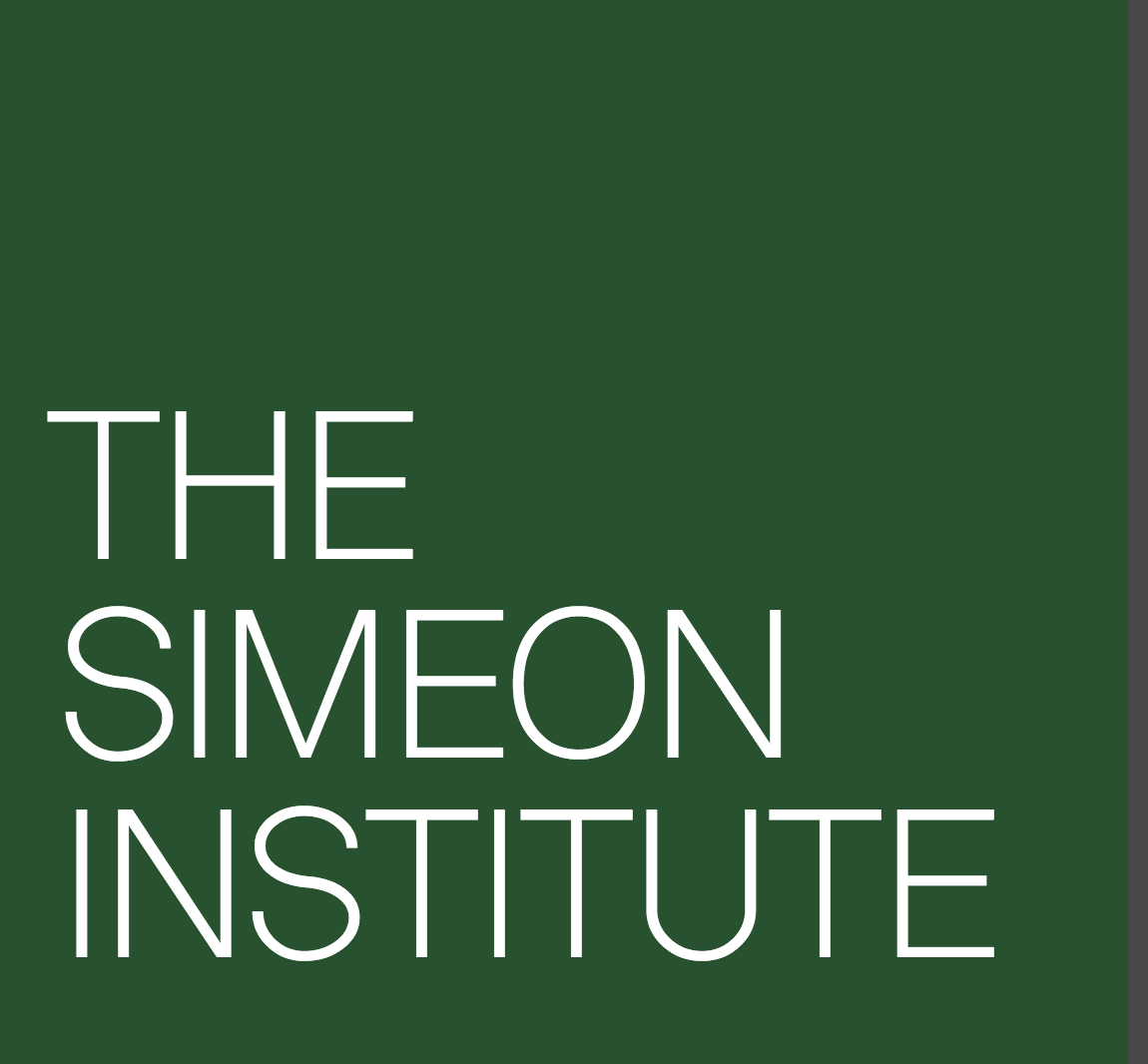CLS AND SYNTHETIC CRISES
/A smoothly-running EOC is a work of art. (Just finished a gig as an observer at UCSD’sannual disaster exercise where one of the world’s best – Phillip Van Saun – ran the show). This EOC turned a sprawling University into a synthetic organization for a few hours.) Jim Collins said that “social sector leaders need both executive skills, the exercise of direct power, and legislative skills, the ability to influence people through motivation and persuasion—the latter being more nuanced and more difficult to learn.” Change and crisis automatically push the organization from legislative leadership back toward the executive leadership pole of the continuum.
The movement from legislative to executive often happens through a synthetic organization – whether planned or unplanned. An emergency operations center is a planned synthetic organization and is an effective response for a community facing transition. They work best with planning and foresight, yet even an impromptu synthetic organization can be useful if properly understood and managed.
James D. Thompson credited Richard Avery with originating the notion. Using a community crisis or disaster as a starting point, this new entity appears “as a super-organization, synthesized from parts that have been taken out of normal contexts and reallocated and integrated in new ways”. Social units in the community subordinate their decision processes temporarily to a “headquarters” of some sort. When normalcy returns, “the system withdraws resources from the synthetic organization and gradually returns to pluralistic processes for allocation and integration decisions”. Though crisis (or rapid change) is the catalyst for this process, other scenarios could conceivably generate the same result. Key to this phenomenon is the process involved – organizations concede authority for a time to a new entity which then acts in some sense on their behalf, followed by a return to a new normalcy, perhaps with some key adjustments.
Lencioni suggests that managers/leaders can create crisis to stimulate followers. (We hereby designate this the “Chicken Little Syndrome” ... or CLS). Because the sky is really not falling down, the crisis itself is contrived and synthetic. But this seems like a possibly risky strategy. Obviously, the lesson of the fairy tale is that this should not be attempted too often or credibility suffers. At the same time, even a manufactured crisis can generate energy and urgency.
So how do we manage that fine line between creating a sense of urgency for a team and generating a synthetic crisis that breeds cynical followers, who know that the sky is not really falling?
tags:
In Crisis, Disaster, Leadership Tags change, Chicken Little, crisis, executive leadership, Jim Collins, legislative leadership, Lencioni, synthetic organization, UCSD

